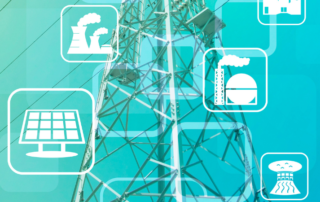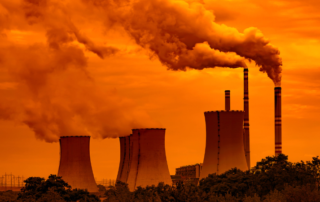The Role of Natural Gas In Supporting Decentralized Grids
As decentralized grids and microgrid technologies continue to grow, natural gas is playing an increasingly critical role in supporting energy reliability and independence. By complementing intermittent renewable resources like wind and solar, natural gas generation helps stabilize decentralized systems. In this article, we’ll explore how both conventional and renewable natural gas (RNG) are shaping the future of distributed energy networks.
Energy Arbitrage In Electricity Trading: Strategies, Opportunities, and Risks
Energy arbitrage is reshaping how participants approach electricity trading by leveraging price differences across time and location. Whether you're a sophisticated trader or a commercial energy buyer, understanding these strategies can help you better navigate market volatility and unlock potential savings.
Emerging Energy Technologies: Shaping The Future Of The Energy Industry
As innovation accelerates across the energy landscape, new technologies are transforming how power is produced, managed, and consumed. From artificial intelligence to distributed energy resources, understanding these trends is critical for staying competitive in a rapidly evolving market.
Understanding Grid Interconnections: How Power Grids Stay Connected And Reliable
The U.S. electric grid is more than just wires and substations. It’s a complex, interconnected system designed to ensure reliable electricity delivery across vast distances. Understanding how grid interconnections function is essential as renewable energy grows and utilities work to meet increasing demand with smarter, more resilient infrastructure.
Lessons Learned From Two Decades Of Energy Deregulation
Energy deregulation has transformed the U.S. energy landscape over the past two decades, introducing both opportunities and challenges for businesses and consumers. While deregulated markets have driven innovation, increased renewable energy adoption, and created competitive pricing structures, they have also faced regulatory scrutiny, market volatility, and consumer protection concerns. As the energy sector continues to evolve, policymakers are refining deregulation models to better support renewable energy integration, capacity market stability, and consumer transparency.
Real-Time Energy Analytics: Transforming Energy Management For Utilities And Businesses
Real-time energy analytics is transforming how businesses and utilities manage energy, offering immediate insights into consumption, demand forecasting, and grid performance. With the right data collection and analysis tools, companies can reduce costs, optimize efficiency, and support sustainability goals while grid operators enhance reliability and integrate renewable energy more effectively.





